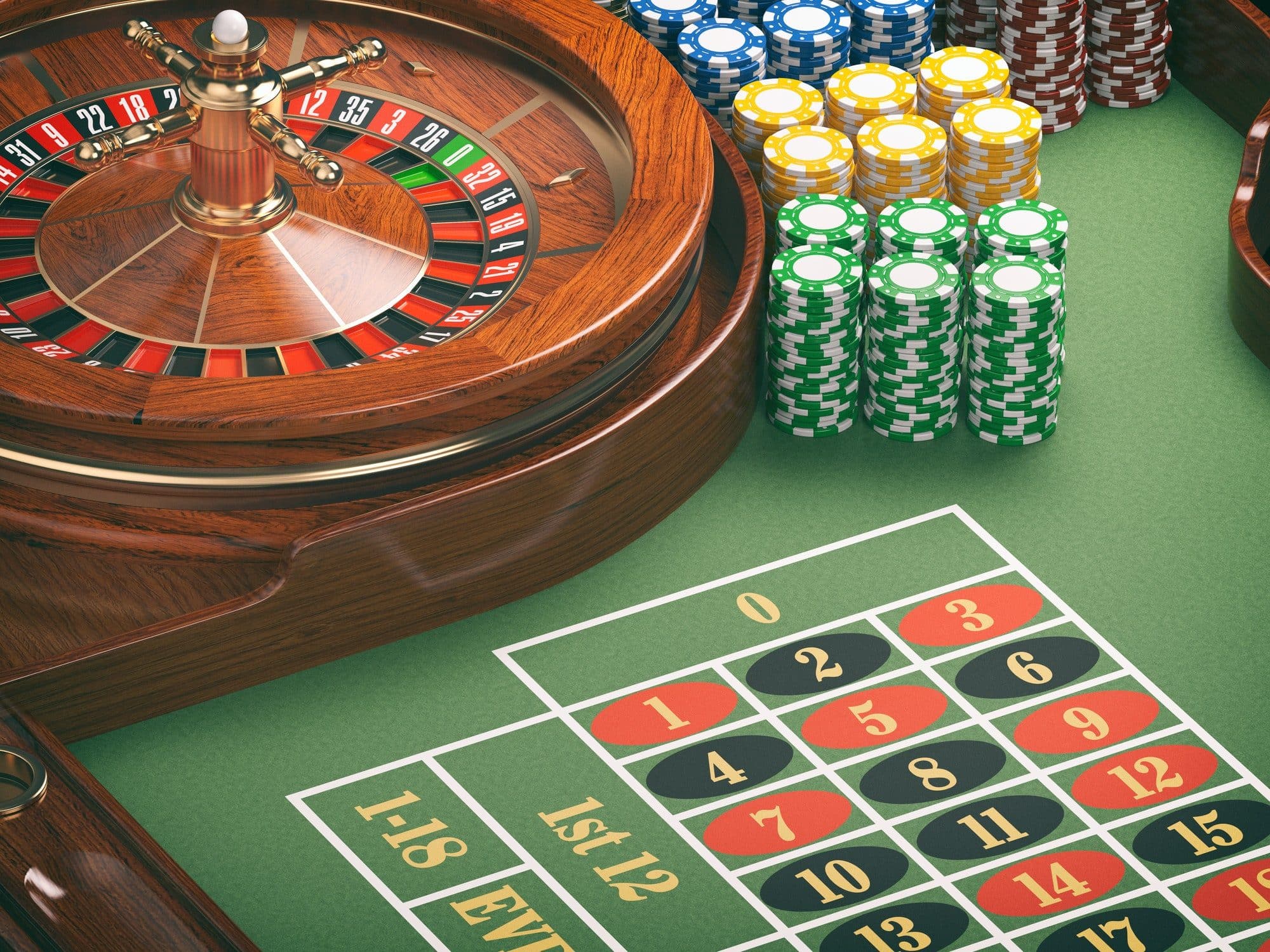The fascinating Psychological principles Behind Casino Game Design
admin
- 0

Casino games have long captivated human interest, drawing gamblers into a universe filled with chance, planning, and the allure of thrill. Vivu 88 Each game is carefully crafted not just for enjoyment, but also to elicit particular emotional responses that keep gamblers immersed and committed. Understanding the reasons behind these designs reveals much about how human psychology plays a crucial role in the gaming experience.
From the bright lights and vibrant sounds to the intricate layering of rules and payoffs, casino games are designed to create an atmosphere of anticipation and anticipation. Game designers leverage psychological principles to influence player behavior, whether through the use of jackpots, close-call situations, or community engagement. By examining these factors, we can better appreciate how casino games fulfill not just a want for entertainment, but more profound psychological needs for thrill and risk.
Comprehending Player Actions
Casino games are designed with a deep grasp of player psyche, which is vital for drawing in and retaining players. The excitement of the game, coupled with the hope of winning, produces a strong allure. Game designers make use of elements like sound effects, dynamic graphics, and immersive gameplay to capture attention and elicit emotional responses. These sensory experiences enhance the total environment, making players feel more invested in the game.
Another important aspect of player behavior is the concept of risk and reward. Casino games often weigh high-stakes situations with the potential for significant rewards, which can cause the event known as near-miss phenomenon. When players come close to winning, the brain releases dopamine, strengthening their behavior and encouraging them to persist playing in pursuit of that fleeting win. This cycle of anticipation and letdown plays a critical role in how games are constructed and marketed.
Lastly, community aspects also play a pivotal role in player behavior at casinos. Many games are designed to be played in teams or with other players, fostering a sense of togetherness and collective experience. The social interaction inherent in games like blackjack enhances enjoyment and can result in prolonged gaming periods. Designers leverage on this by designing environments that invite players to remain, socialize, and come back, making the overall casino experience more inviting.
The Role of Imagery and Audio
Imagery and sound play a significant role in improving the player’s experience within casino games. Designers utilize vibrant colors, eye-catching graphics, and captivating animations to grab players’ attention and maintain their interest. The use of motifs, such as exploration or opulence, helps create an enthralling atmosphere that transports players into another world. By appealing to the senses, these elements contribute to a heightened emotional response, prompting players to interact more deeply with the games.
Audio design is equally important in reinforcing the experience of gambling games. The combination of ambient music, sound effects for successful combinations, and environmental noises creates an sound landscape that holds players enthralled. Sounds associated with wins, such as ringing bells or festive music, evoke feelings of thrill and reward, encouraging players to keep playing. These audio cues are carefully placed to enhance the thrill of the game and create a more immersive experience.
Additionally, the synchronization of visuals and sound is crucial for supporting the game’s overall concept and atmosphere. Each element should coordinate harmoniously to create a cohesive experience that pulls players in. The effective use of this integration not only improves user satisfaction but also increases the chances of repeat play, as players become more engaged in the captivating world that the gambling games offer. This thoughtful integration of visuals and audio ultimately enhances player involvement and commitment.
Reward Structures and Engagement
The development of casino experiences greatly relies on reward structures to ensure participants involved and coming back for more. These structures are based in behavioral theories that exploit human nature and desire. Participants are often driven by the excitement of success, which is supported by instant feedback through the game structure’s design. This instant gratification not only improves the gaming experience but also cultivates a feeling of success, prompting players to keep participating in hopes of greater gains.
Casinos adopt various reward structures, including large payouts, extra rewards, and multipliers, to captivate participants. These elements create a layer of thrill that sustains engagement. Additionally, the unpredictability of outcomes plays a crucial role in sustaining attention. The variable reward system, where wins are random but occur often enough, keeps players on edge and motivated to continue participating. This cycle of hope and expectation is essential to the effectiveness of gambling experiences.
Moreover, social elements, such as tournaments and collaborative options, enhance the engagement factor by leveraging the desire to compete of participants. The communal aspect of gaming with others can amplify the excitement of winning and create a community atmosphere within the casino. By integrating these community elements with effective incentive structures, gambling experiences not only offer entertainment but also foster a deeper bond among players, reinforcing their commitment to the gaming experience.